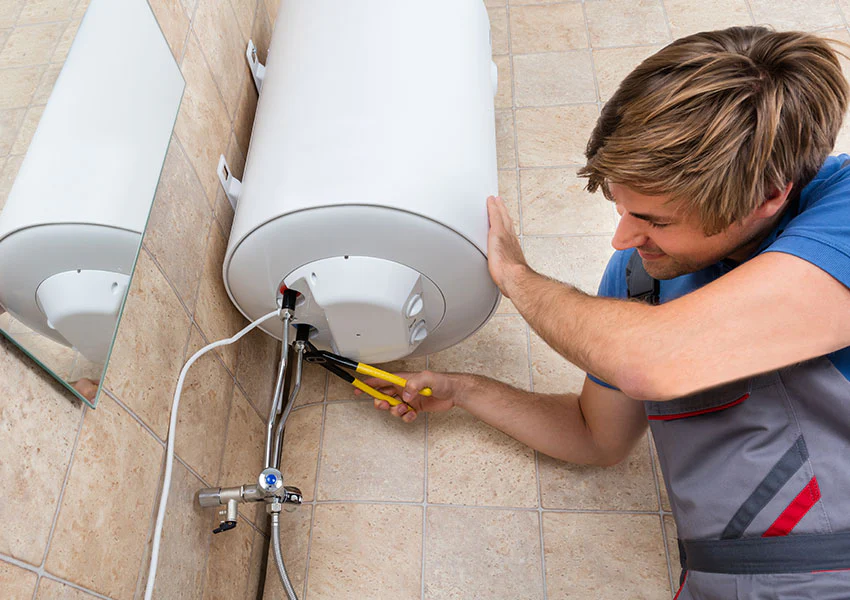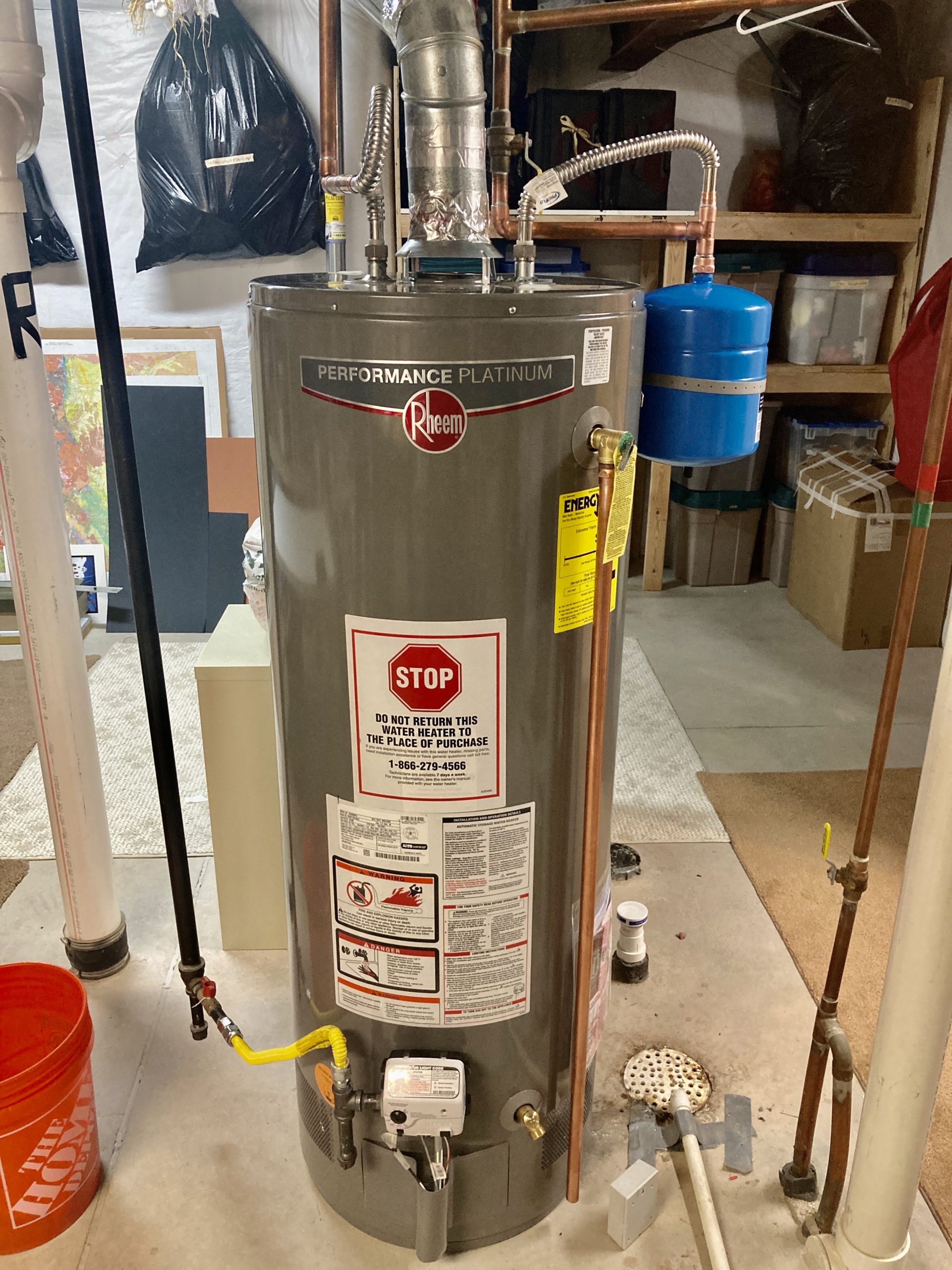We have encountered this great article about Water Heater Maintenance Tips You Can't Afford to Forget listed below on the internet and reckoned it made sense to relate it with you in this article.

Warm water is essential for daily convenience, whether it's for a rejuvenating shower or washing meals. To ensure your warm water system runs efficiently and lasts longer, normal maintenance is vital. This short article provides functional suggestions and understandings on just how to preserve your home's warm water system to prevent disturbances and expensive fixings.
Introduction
Keeping your home's hot water system might appear complicated, however with a few straightforward actions, you can guarantee it operates efficiently for years to find. This overview covers whatever from understanding your warm water system to DIY maintenance pointers and knowing when to contact specialist help.
Significance of Keeping Your Hot Water System
Regular upkeep not only expands the lifespan of your warm water system however also ensures it operates effectively. Disregarding maintenance can result in lowered performance, higher energy bills, and even early failing of the system.
Indicators Your Warm Water System Demands Maintenance
Understanding when your warm water system requires focus can protect against major issues. Look out for signs such as irregular water temperature, unusual sounds from the heating system, or corroded water.
Recognizing Your Warm Water System
Before diving into maintenance tasks, it's valuable to recognize the standard parts of your warm water system. Typically, this includes the water heater itself, pipelines, anode poles, and temperature controls.
Month-to-month Maintenance Tasks
Routine month-to-month checks can aid capture small concerns prior to they intensify.
Flushing the Water Heater
Flushing your hot water heater eliminates sediment accumulation, improving efficiency and prolonging its life.
Monitoring and Changing Anode Rods
Anode poles prevent corrosion inside the storage tank. Checking and changing them when broken is essential.
Inspecting and Adjusting Temperature Level Setups
Changing the temperature settings makes certain optimal efficiency and safety and security.
DIY Tips for Maintenance
You can perform numerous maintenance tasks yourself to maintain your warm water system in top condition.
Looking for Leaks
Routinely inspect pipes and links for leakages, as these can cause water damage and greater bills.
Examining Pressure Alleviation Valves
Checking the pressure safety valve ensures it functions appropriately and protects against extreme pressure accumulation.
Protecting Pipes
Protecting hot water pipes reduces warmth loss and can conserve power.
When to Call an Expert
While DIY upkeep is useful, some issues require specialist expertise.
Complex Concerns Requiring Specialist Help
Instances include significant leaks, electrical issues, or if your hot water heater is continually underperforming.
Regular Professional Upkeep Perks
Expert upkeep can consist of comprehensive examinations, tune-ups, and guaranteeing conformity with safety requirements.
Final thought
Regular maintenance of your home's warm water system is important for effectiveness, long life, and cost financial savings. By complying with these pointers and knowing when to look for specialist help, you can guarantee a reliable supply of hot water without unexpected interruptions.
Water Heater Maintenance: The Basics
Maintaining your water heater will ensure it operates efficiently and has a longer lifespan. Neglecting regular maintenance can lead to costly repairs and an even bigger chunk of your savings if you have to replace it sooner than necessary. But there’s good news: Most water heater maintenance tasks are relatively simple and easy for homeowners with basic DIY skills.
Flush the Water Heater
Over time, sediment and minerals can build up in the tank, reducing its efficiency and potentially causing damage. To flush the tank, turn off the power or gas supply, attach a hose to the drain valve near the bottom and open the valve to drain the water until it runs clear. Ideally, flush the tank annually.
Replace the Anode Rod
The anode rod is a sacrificial metal rod that helps prevent corrosion inside the tank. Inspect and replace it every three to five years or per the manufacturer's recommendation. To replace the anode rod, turn off the power or gas supply, drain a few gallons of water from the tank, unscrew the old rod and replace it with a new one. If the anode rod is significantly corroded or covered in calcium buildup, it's a sign the water heater may need to be replaced soon.
Tune-Up
A yearly tune-up can help identify potential issues and ensure your water heater operates at peak efficiency. This typically involves checking the thermostat, burner assembly (for gas heaters) and any other components specified by the manufacturer. During a tune-up, the technician may also clean the burner and adjust the pilot light (for gas heaters) or examine the heating elements (for electric heaters).
How to Maintain Your Water Heater
Insulate the tank. Insulating the tank can improve energy efficiency and reduce heat loss, saving you money on energy bills. You can purchase precut insulation blankets designed specifically for water heaters or use standard fiberglass insulation wrapped securely around the tank. Check the temperature. The recommended water temperature for most households is around 120 degrees Fahrenheit (49 degrees Celsius). Higher temperatures can increase energy costs and potentially cause scalding. Use a kitchen thermometer to check the temperature at the faucet nearest the water heater. Monitor water pressure. Excessive water pressure can strain the water heater and cause leaks or even tank failure. Install a pressure-reducing valve if necessary. The ideal water pressure range is between 60 and 70 PSI (pounds per square inch). Test the temperature and pressure (T&P) relief valve. The T&P relief valve is a safety feature that releases pressure if the tank gets too hot or the pressure builds up too high. Test it annually by lifting the lever and allowing a small amount of water to release. Replace the valve if it doesn't release water or reseal properly. Check for leaks. Regularly inspect the tank, pipes and fittings for leaks or corrosion. Deal with issues promptly to prevent further damage. Even a small leak can lead to significant water damage over time. Consider a tankless water heater. If your traditional tank-style water heater is nearing the end of its lifespan ( typically 10 years), consider replacing it with a tankless water heater. These units heat water on demand, reducing standby energy losses and potentially saving you money on your energy bills. Schedule professional maintenance. While homeowners can perform many water heater maintenance tasks, it's still a good idea to schedule professional maintenance every few years. A plumber or HVAC technician can thoroughly inspect the unit, identify potential issues and ensure it operates safely and efficiently. https://www.homeserve.com/en-us/blog/home-improvement/hot-water-heater-maintanence/

Do you like more info about Tips For Maintaining Your Hot Water Heater? Make feedback below. We would be happy to know your reactions about this content. Hoping that you come back again before long. Liked our article? Please share it. Help other people locate it. Thank you so much for your time invested reading it.
Click Here
 Jenna Jameson Then & Now!
Jenna Jameson Then & Now! Michael Jordan Then & Now!
Michael Jordan Then & Now! Kane Then & Now!
Kane Then & Now! Bo Derek Then & Now!
Bo Derek Then & Now! Lacey Chabert Then & Now!
Lacey Chabert Then & Now!